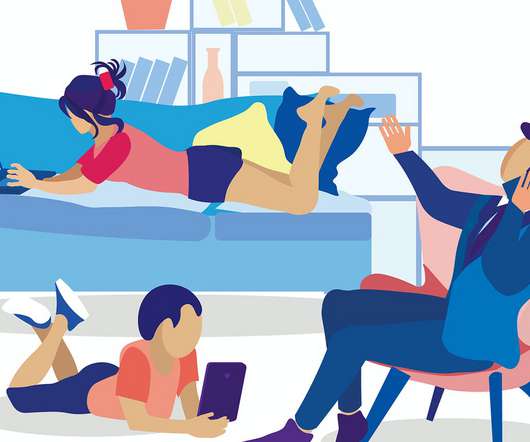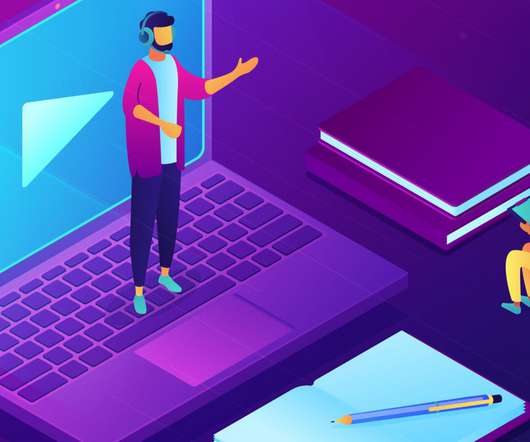Report: One of the Biggest Obstacles to Remote Learning? Finding a Quiet Place to Work
Edsurge
JULY 22, 2020
Source (for all charts in article): BrightBytes survey Such findings are not surprising to Baker, who notes that they reaffirm the existence of the “ digital divide ,” or unequal access to technology across different communities and socioeconomic backgrounds. Parents overestimate how often their students have a quiet place to work.















Let's personalize your content